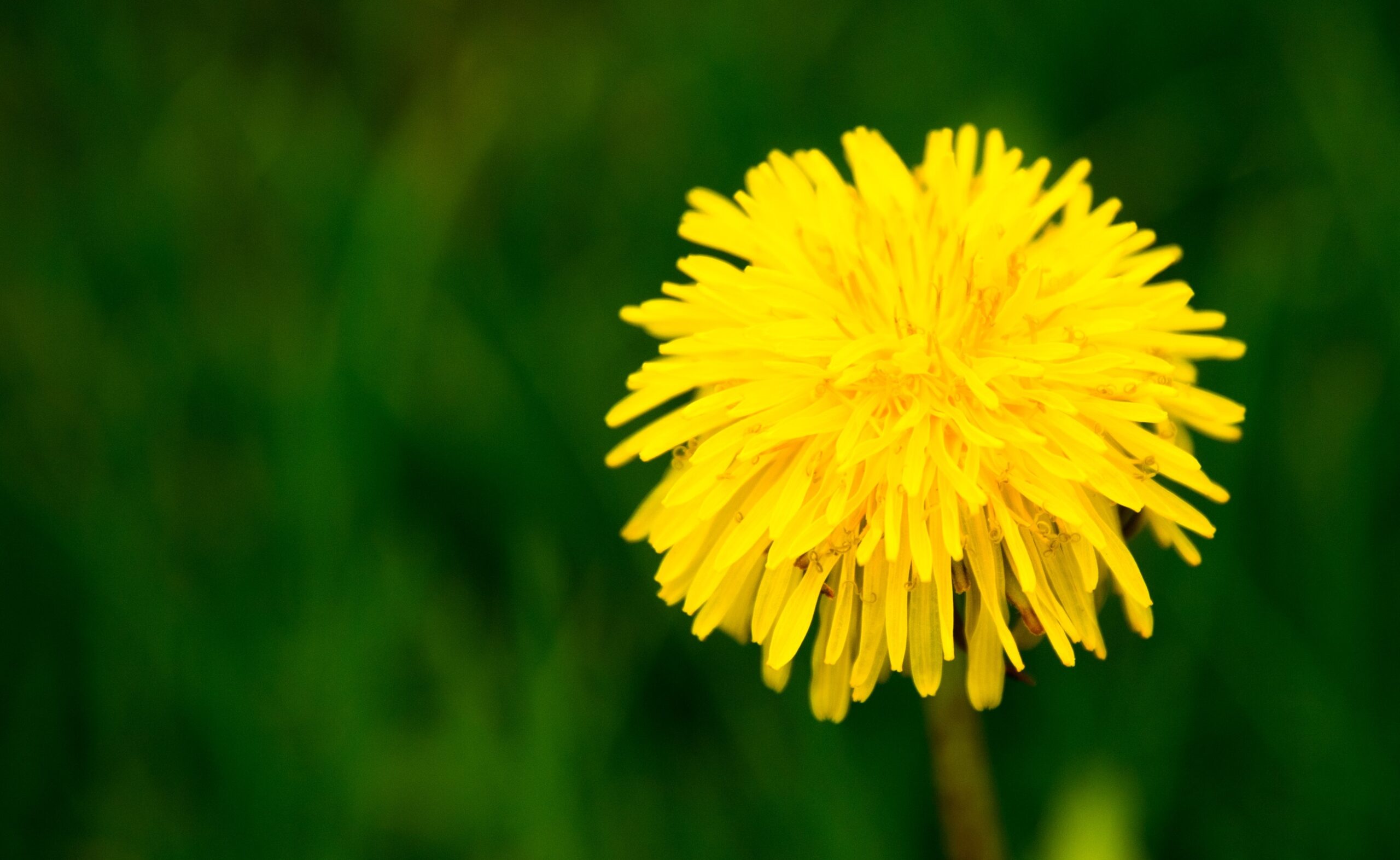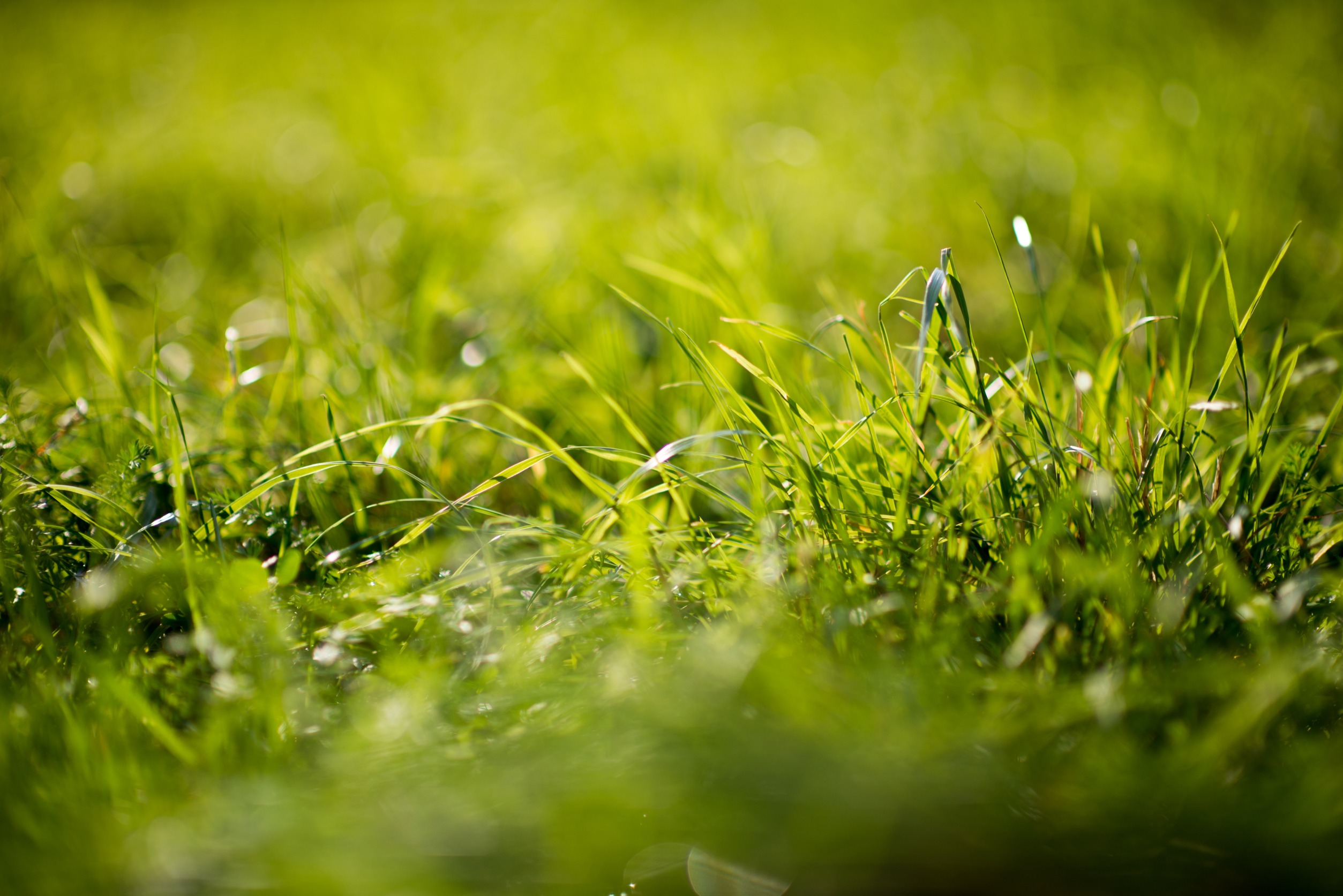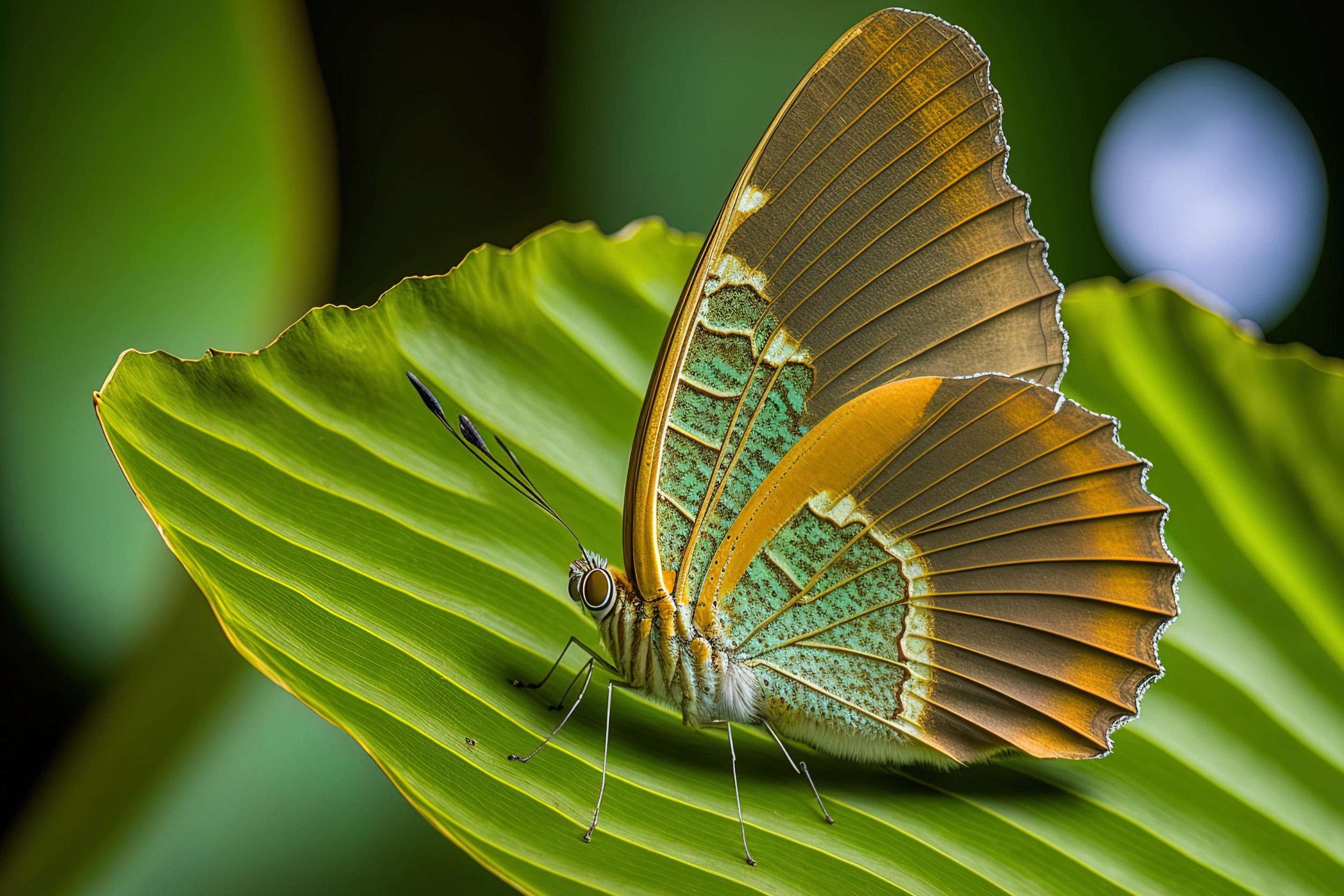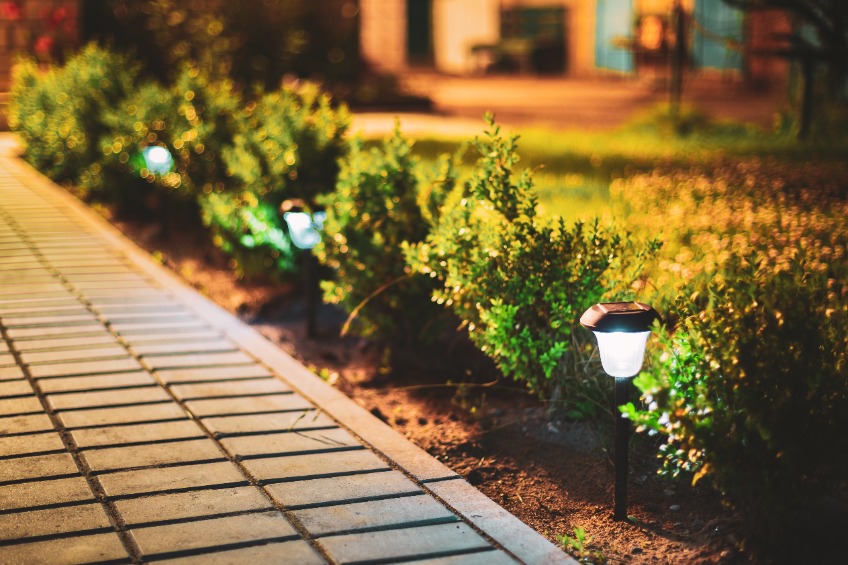If you have a lawn or garden, you’ve most likely encountered broadleaf weeds at some point. These weeds are a common sight in lawns and gardens, quickly spreading and dominating the landscape.
Unlike grassy weeds, such as crabgrass, which resemble grass in appearance, broadleaf weeds have distinct, wide leaves and are often accompanied by showy flowers. Some of the most common broadleaf weeds include dandelions, clover, chickweed, and plantain, and they can be challenging to remove once established.
One of the reasons broadleaf weeds can be so challenging to remove is that they come in many varieties, each requiring a unique approach to control and removal. For example, some weeds have deep tap roots that make removing them by hand nearly impossible. Other weeds spread quickly through underground rhizomes or seeds that blow in the wind, continually regenerating even after treatment.
Identify Broadleaf Weeds in Texas
To help you understand the broadleaf weeds commonly found in North Texas, we’ve compiled a list of six notorious intruders:
Dandelion (Taraxacum officinale): Identified by its bright yellow flowers and fluffy seed heads, the dandelion is perhaps one of the most recognizable broadleaf weeds. It has a deep tap root and spreads quickly, making complete removal difficult without proper techniques.
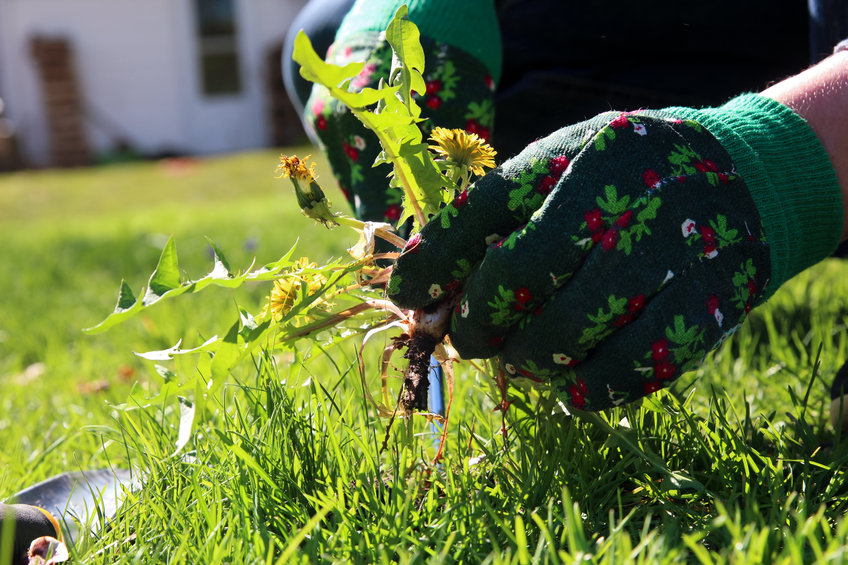
Clover (Trifolium spp.): Clover is a clover-like plant that features trifoliate leaves and small white or pink flowers. This resilient weed thrives in areas with low nitrogen levels and can fix nitrogen from the atmosphere, making it a double headache for your lawn.

Chickweed (Stellaria media): Chickweed has small, delicate leaves and forms dense mats on the ground. This weed tends to thrive in moist, shady areas and can quickly takeover if left uncontrolled.

Plantain (Plantago spp.): Plantain has oval-shaped, ribbed leaves and inconspicuous flowers. It is known for its ability to tolerate foot traffic and can often be found in compacted soil areas, such as paths and driveways.

Spurge (Euphorbia spp.): Spurge is a low-growing weed with small, oval-shaped leaves and inconspicuous flowers. It exudes a milky sap when broken, which can cause skin irritation for some individuals.
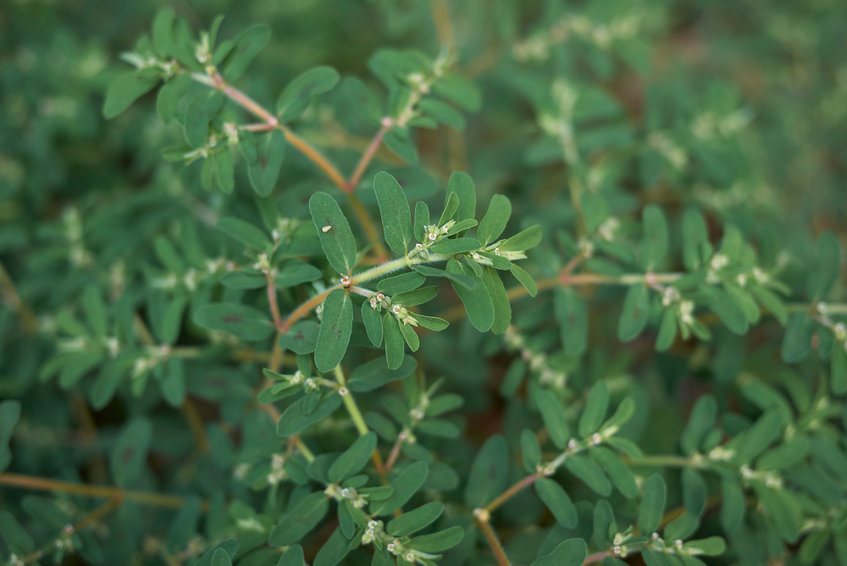
Ground Ivy (Glechoma hederacea): Ground ivy, also known as Creeping Charlie, is a vining perennial with round, scalloped leaves and purple-blue flowers. It spreads aggressively across lawns, choking out desirable grasses.

What Gets Rid of Broadleaf Weeds?
So what can you do to control and remove broadleaf weeds from your lawn and garden? Here are some tips to help you get started:
Identify the Type of Weed – Before attempting any removal methods, it’s important to identify the specific weed. Some weeds, like dandelions and clover, can be hand-pulled, while others require more aggressive measures like herbicides.
Use Manual or Organic Approaches – Not every weed in your lawn or garden requires harsh chemical sprays to control. In many cases, mowing your lawn frequently, pulling weeds by hand, and using organic approaches like mulching may be effective.
Consider Chemical Treatments – When hand-pulling or organic methods aren’t enough, it may be time to turn to herbicides and other chemical treatments. However, it’s essential to use these products safely and according to instructions to prevent harm to your lawn and the environment.
Prevent Weeds from Returning – The best way to keep broadleaf weeds from taking over your lawn and garden is to practice regular maintenance. This includes properly fertilizing, mowing, and watering your lawn, as well as using pre-emergent weed control products.
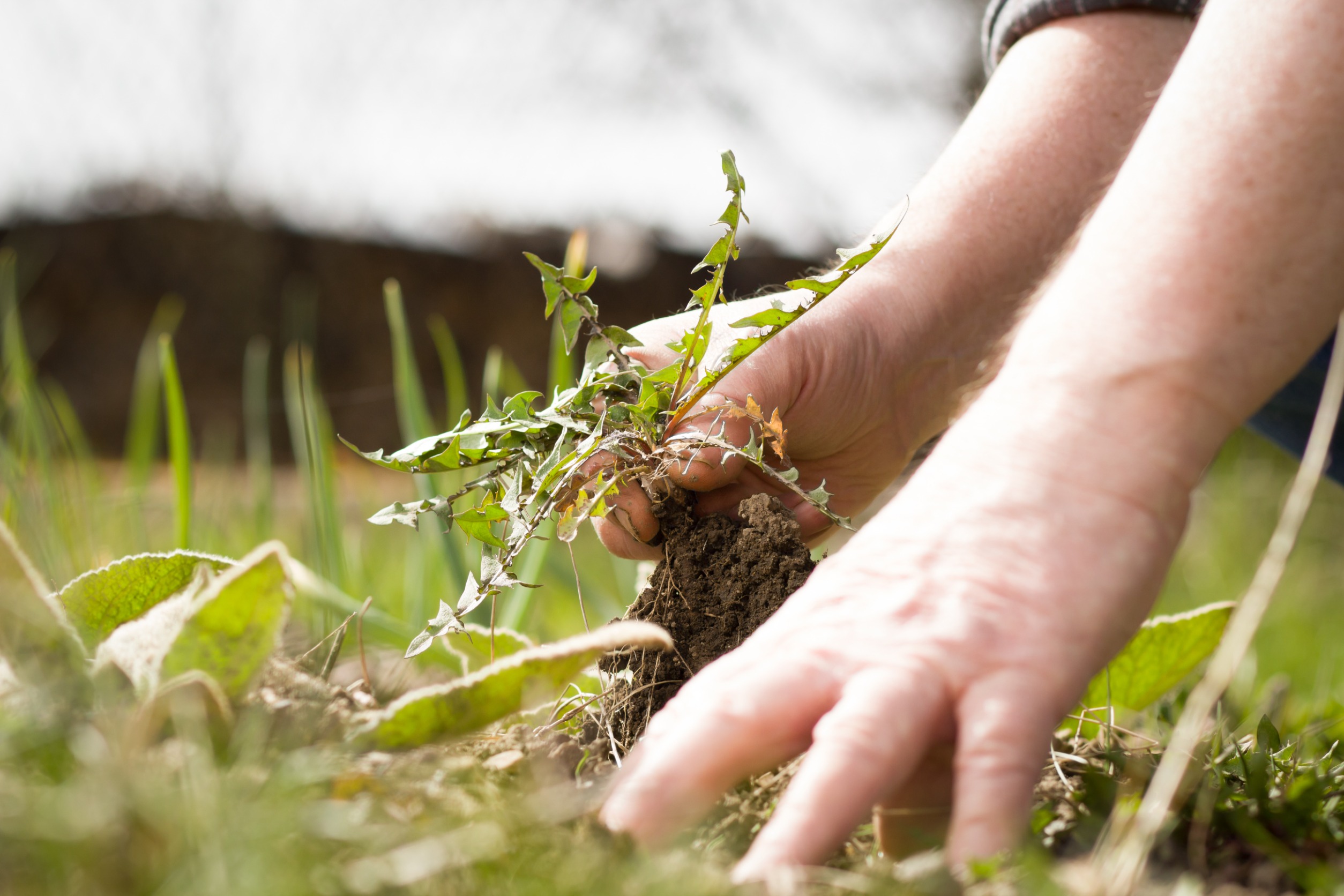
Wrapping Up
In conclusion, dealing with broadleaf weeds can be a frustrating and time-consuming task, but it is ultimately necessary to maintain a healthy and vibrant lawn and garden.
By understanding the different types of broadleaf weeds, identifying the proper treatment, and practicing regular maintenance, you can keep your yard weed-free and thriving.
If you need assistance controlling and removing broadleaf weeds, contact a professional lawn care provider for expert advice and assistance.

